Amid shifting U.S. trade policies and global uncertainty, our latest update examines how tariffs have become the defining economic tool for the current administration—potentially fueling stagflation and casting doubt on the U.S. Treasuries’ traditional safe-haven role. We discuss the market disruptions caused by tariff-driven strategies and share why resilience-focused portfolios are especially relevant in this climate.
Key Observations
- Tariffs & StagflationThe reliance on tariffs to engineer “fair trade” may signal an end to globalization’s deflationary benefits. This heightens the risk of stagflation—where growth slows even as prices continue to rise.
- Safe-Haven Status ErodesU.S. 10-year Treasury yields have risen from 4.0% to 4.5%, while the S&P 500 dropped by as much as 15% before stabilizing. These fluctuations suggest growing doubts about the U.S. as a reliable safe haven for investors.
- Resilience Is ParamountProtecting purchasing power and maintaining portfolio flexibility are crucial when faced with unpredictable policy shifts. By embracing volatility, investors can capitalize on temporary price dislocations.
Practical Implications
- Protect Purchasing Power – Consider real assets, short-duration bonds, and equity positions with strong balance sheets.
- Watch Tariff Developments – Escalating or extended tariffs could trigger additional market turbulence, requiring adaptive portfolio strategies.
- Seize Opportunities – Dislocations often create buying opportunities in assets that remain fundamentally sound despite short-term price shifts.
Conclusion
The next 90 days will be pivotal for trade negotiations and investor sentiment. Regardless of the final outcome, a resilience-focused strategy—one that prioritizes purchasing power, tactical flexibility, and the capacity to deploy capital in times of volatility—may help investors navigate the uncertain road ahead.
2025 Investment Outlook – Update – Rethinking the Art of the Deal (1)





